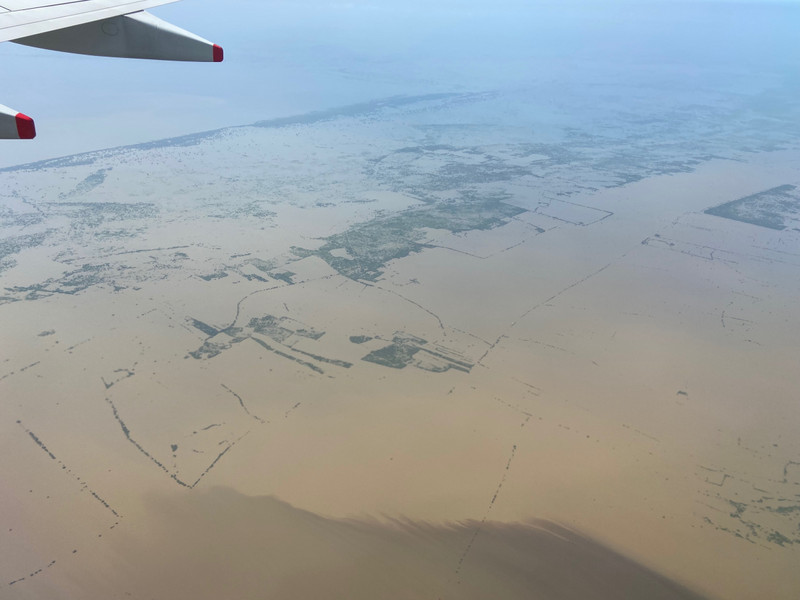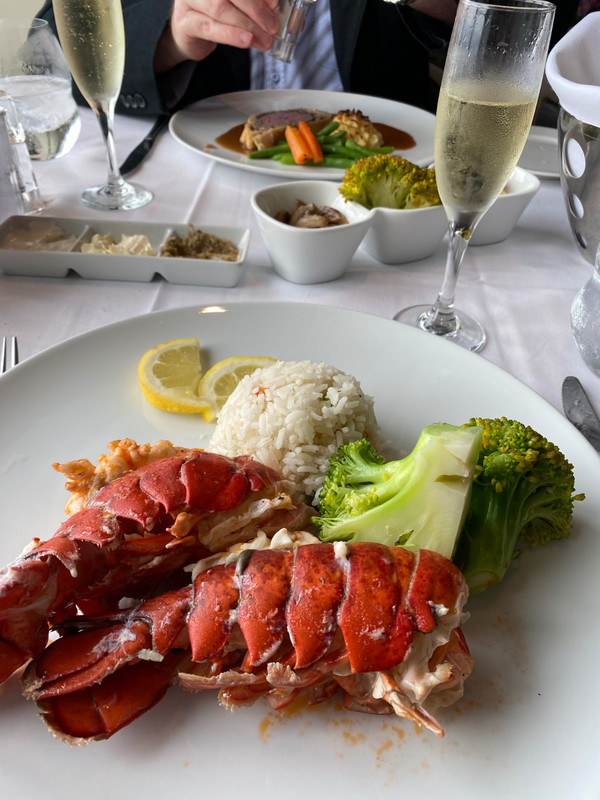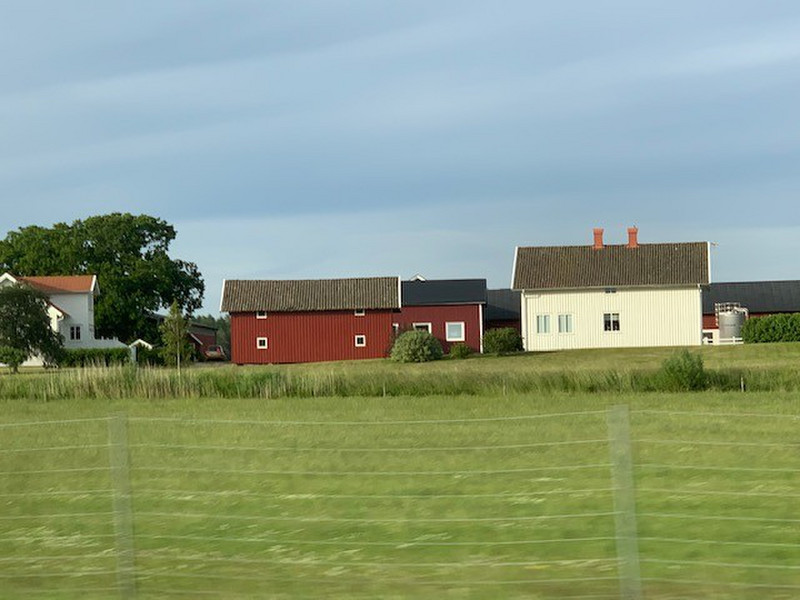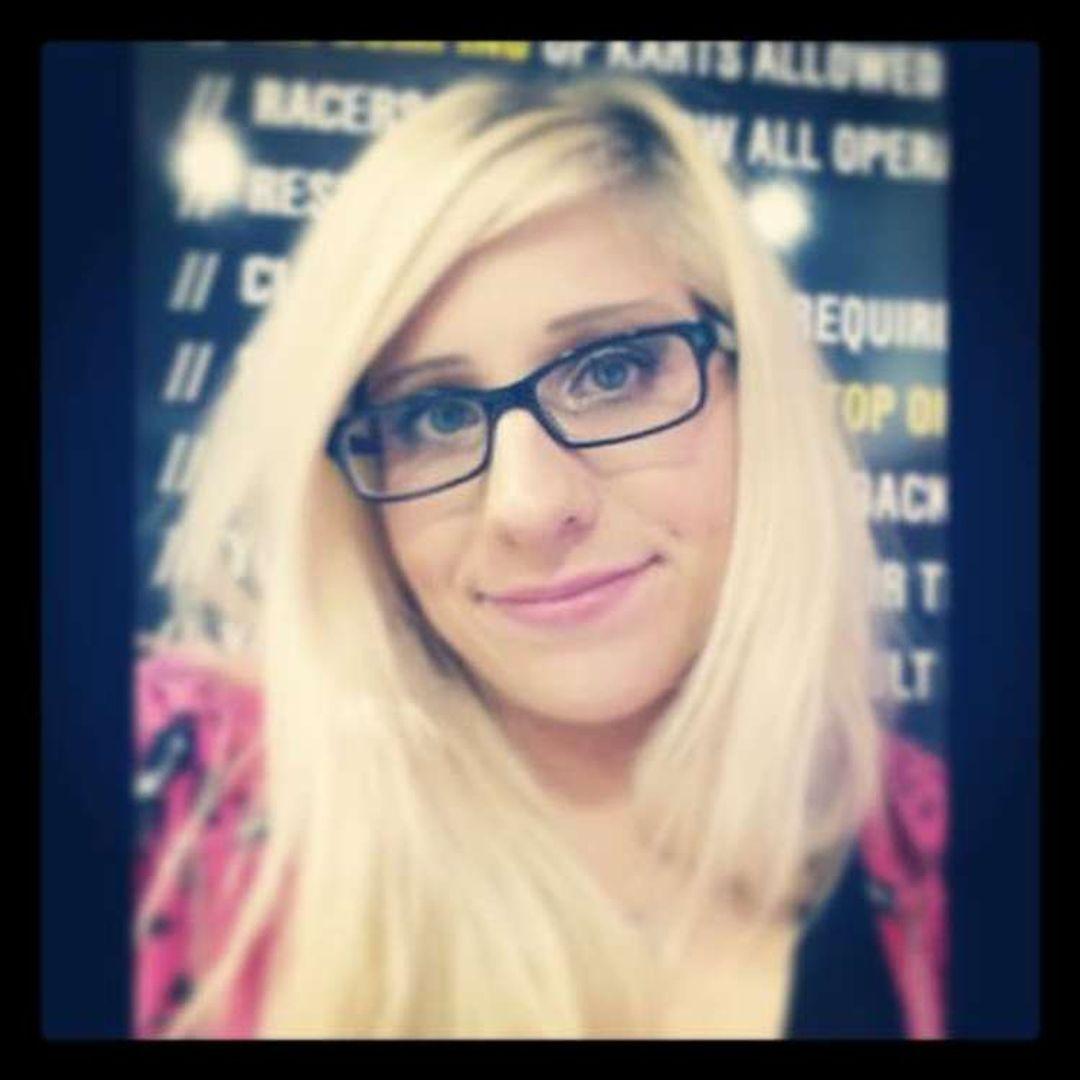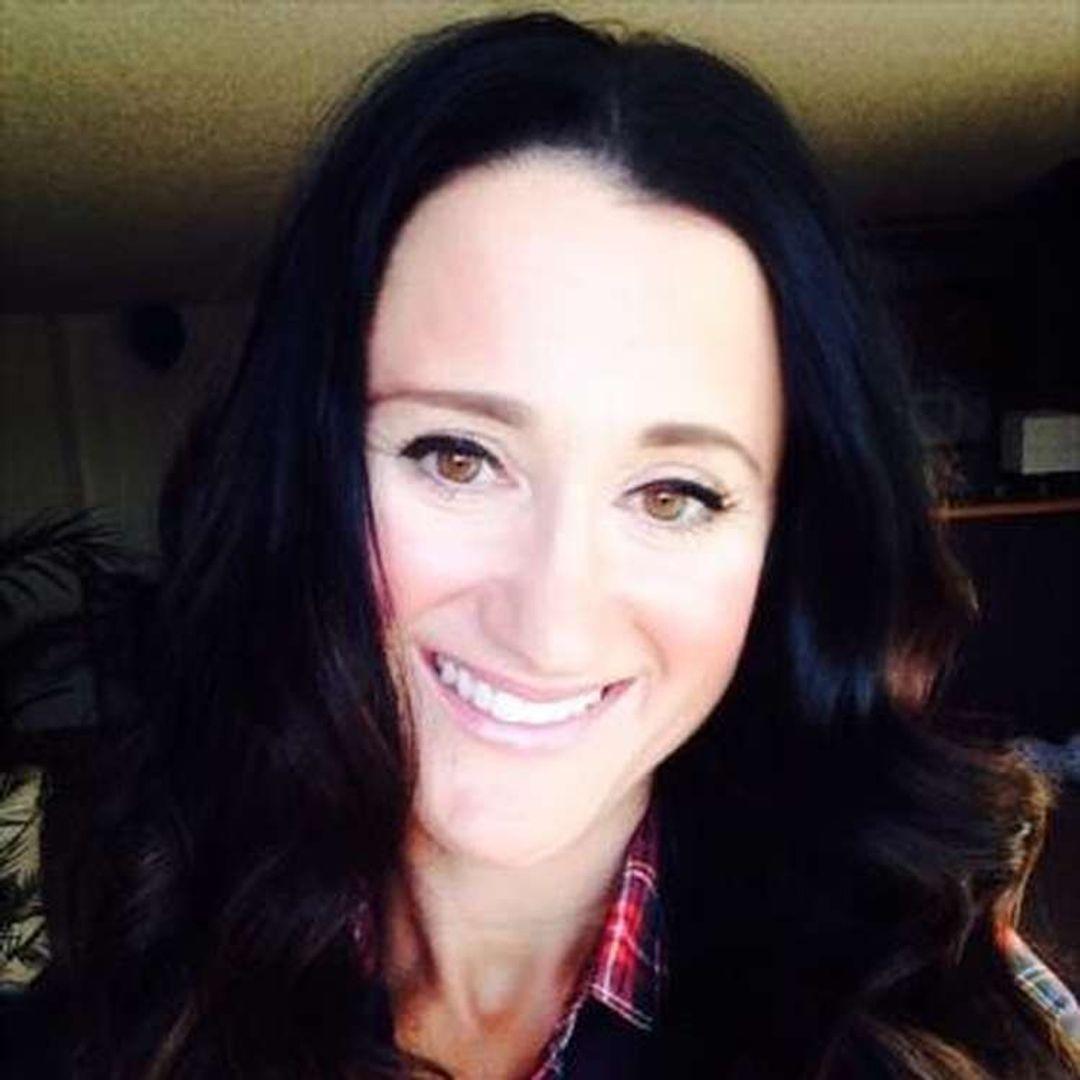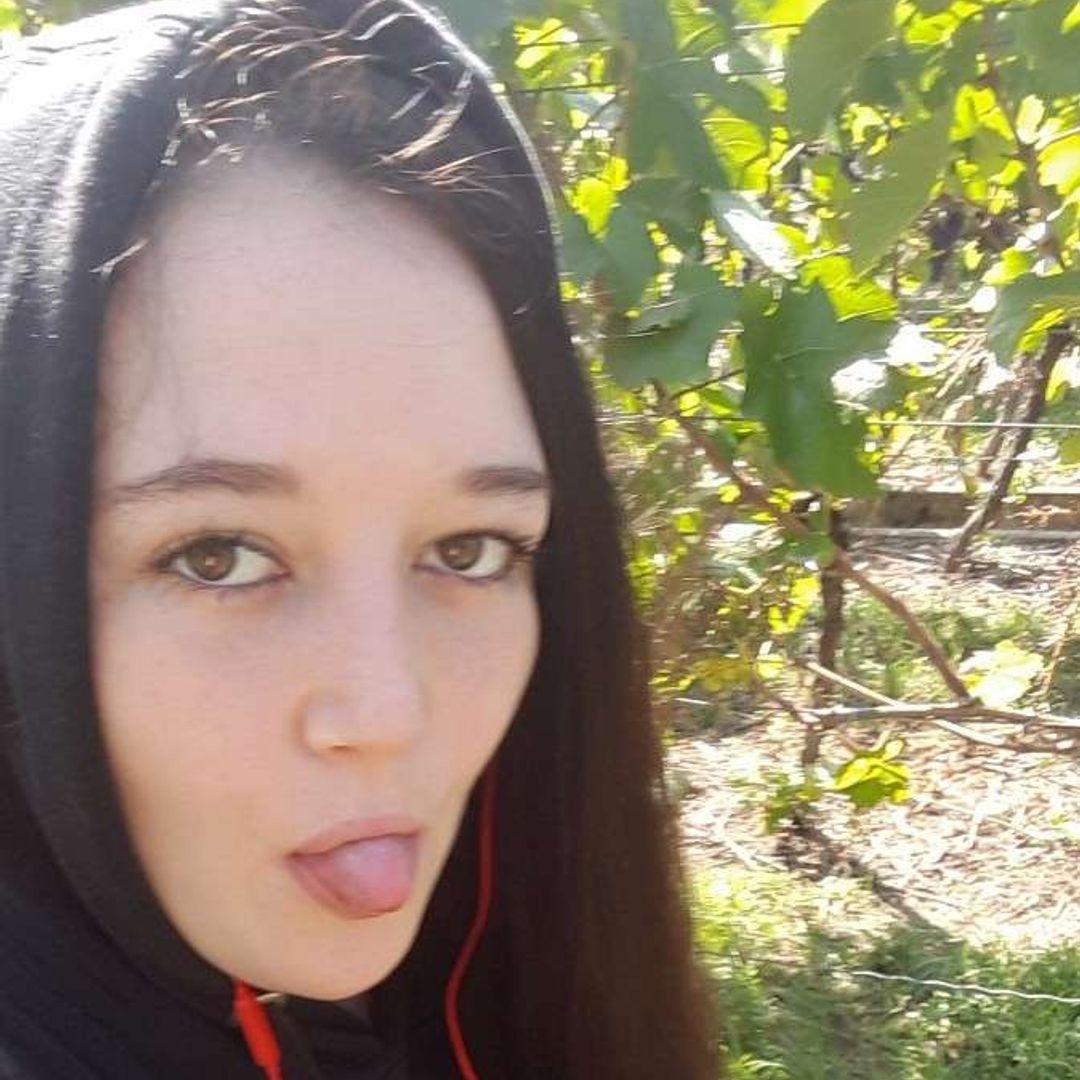Damaraland is our next stop. 300 pls km of dusty gravel road driving is giving us first impressions what to expect. It is fun driving on gravel, it feels like on snow at times and seeing the huge dust trail one leaves behind, gives a kind of Dakar rally feeling... Our car is a 4X4 Ford Ranger which was customized for off road driving. Special all terrain tires, suspension, and front and rear tow hooks, so Nenad can be towed out of trouble. Especially the 4H and 4L selection is interesting. In 4H drive, high range) all four wheels are driving your vehicle. In 4L drive, low range), all four wheels are driving your vehicle and a low gear ratio is being used. Your vehicles wheels will turn much more slowly than they would in high range, so slower speeds and more torque allow more challenging off road terrain to be tackled, Nenad was explained by the rental folks. So off we go !!!
Passing the huts of the local Himbas reminded us that in Namibia there are still people living an ancient lifestyle, herding, hunting and collecting. They added however one occupation, dealing with tourists.
We were told not to buy anything from children who are selling on the road side, nor give them money or presents. Many kids found out it is much more fun and profitable selling junk to tourists than to go to school. The adults, mainly ladies are selling handcraft and textile and pose in their native traditional outfits (which means for pictures with you, if you want. The OvaHimba (offical term for Himba people), are as they have base homesteads where crops (mainly maize and millet) are cultivated, but may have to move within the year depending on rainfall and where there is access to water. They breed sheep and goats and count their wealth in the number of their cattle. Livestock are the major source of milk and meat for the Himbas. Their main diet is sour milk and maize porridge (oruhere ruomaere) and sometimes just plain hard porridge, due to milk and meat scarcity. Only occasionally, and opportunistically, are their livestock sold for cash. Women and girls tend to perform more work than men, because they have to look after the village, whilst the guys are out and about with the livestock. Tribal chiefs
and the village counsel can only be consisting of men. Himba people, especially women, are remarkably famous for covering themselves with otjize paste, a cosmetic mixture of butterfat andX ochre pigment, to cleanse the skin over long periods due to water scarcity, as well as protect themselves from the extremely hot and dry climate and insect bites. This cosmetic mixture, often perfumed with the aromatic resin of the omuzumba shrub, gives their skin and hair plaits a distinctive orange or red characteristic, texture and style. Otjize is considered a highly desirable aesthetic beauty cosmetic, symbolizing blood, for them the essence of life. it is OvaHimbas ideal of beauty. So boys next time get a bottle of it in the duty free, the local beauties will appreciate it!!! Himbas practice polygamy and arranged marriages as early as 9 or 10 years for the girls. This practice is illegal in Namibia, however ignored by some Through government sponsored schooling and drought support Namibias administration tries to develop Himbas life style to be closer to the mainstream Namibian society.
At the Doro Nawas desert camp we were received with a singing and dancing performance of the staff. The camp is
build from stone and canvas blending beautifully into the desert landscape. It even has a private airstrip (nothing really unusual in Namibias countryside) for the busy ones who do not want to swallow the dust. Doro Nawas is located in the River Valley and is famous for its most astounding views of mountain ranges and the night sky. is a real experience here as we also will find out. Nearby is the Doro Nawas Conservancy where wild roaming black rhinos are being protected. Not many are left unfortunately and it is extremely hard to spot them.

